As of January 1, 2022, New York State has banned all but trace amounts of 1,4 Dioxane in cosmetics, personal care, and cleaning products. The phase-down schedule is at writing 10 parts ppm for cosmetics, going down to only 1 ppm for certain personal care and cleaning products by the end of 2023.
Though the 1,4 Dioxane is not added directly to consumer product formulas, the chemical can be introduced as a trace contaminant with certain ingredients during processing and storage, most significantly with detergents, foaming agents, emulsifiers and solvents.
Naturally, all formulators of these products are making huge efforts to review their formulas and reformulate where possible. But there are some problems… the success criteria we consumers have is not always easy to meet with other ingredients – not yet. Hence, it is crucial that the producers of materials are doing what they can to reduce the levels. CR got to work with one of these producers in their efforts.
The levels to be allowed are so low that classical distillation is at high risk of failure or to be very costly, in terms of money but also for the planet… therefore alternative methods had to be looked into that could capture also the very few molecules still remaining.
Through a combination of theoretical work and practical tests, CR could provide their RnD team with a fundament for comparison and decision between methods. As a part of this work, CR also invited professor Krister Holmberg to join the discussions with his immense experience. CR used a pilot set-up using potential absorbers and analysed the alternatives with GC-MS.
Dioxane is one of several chemicals that we need to be able to identify, measure and capture. PFAS is another one that we hope that we will get the opportunity to help clean up!
illustration by Maja Stenstam



